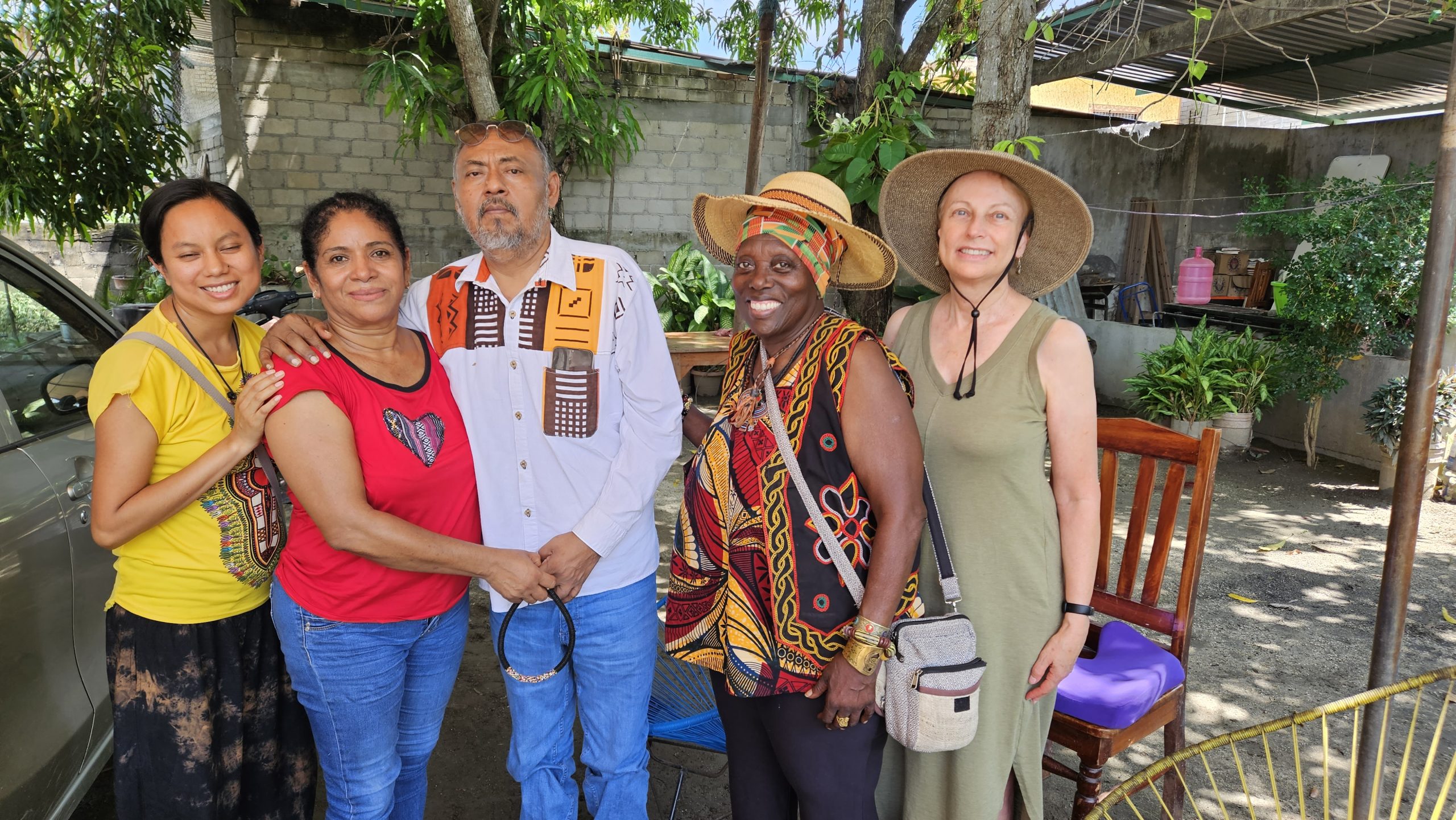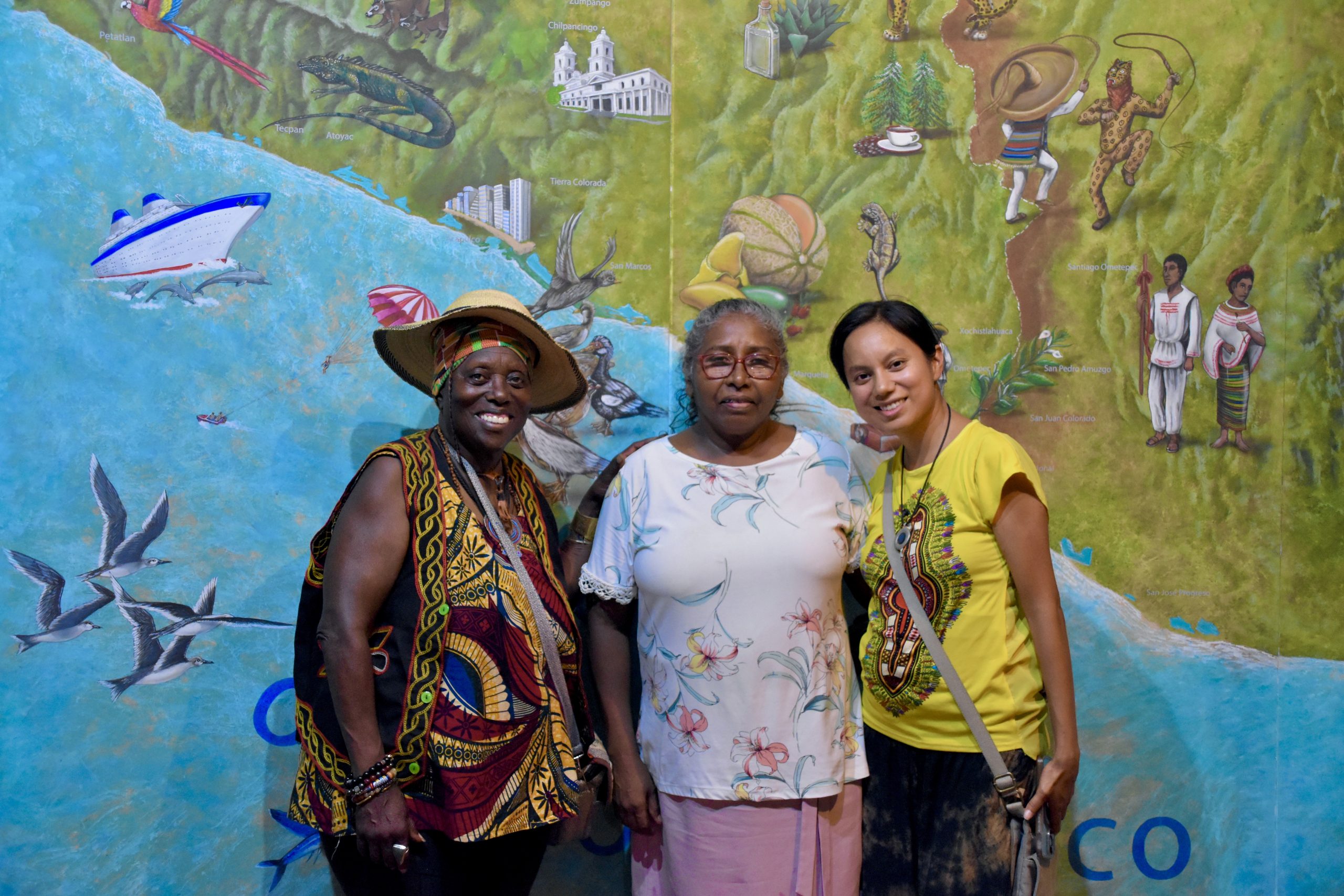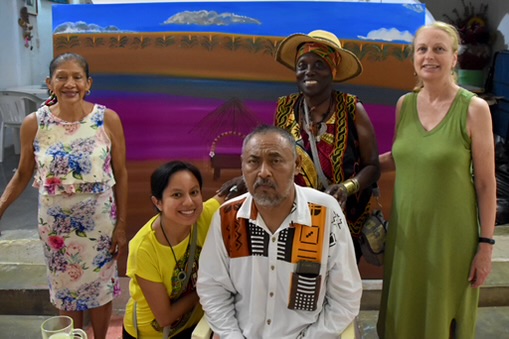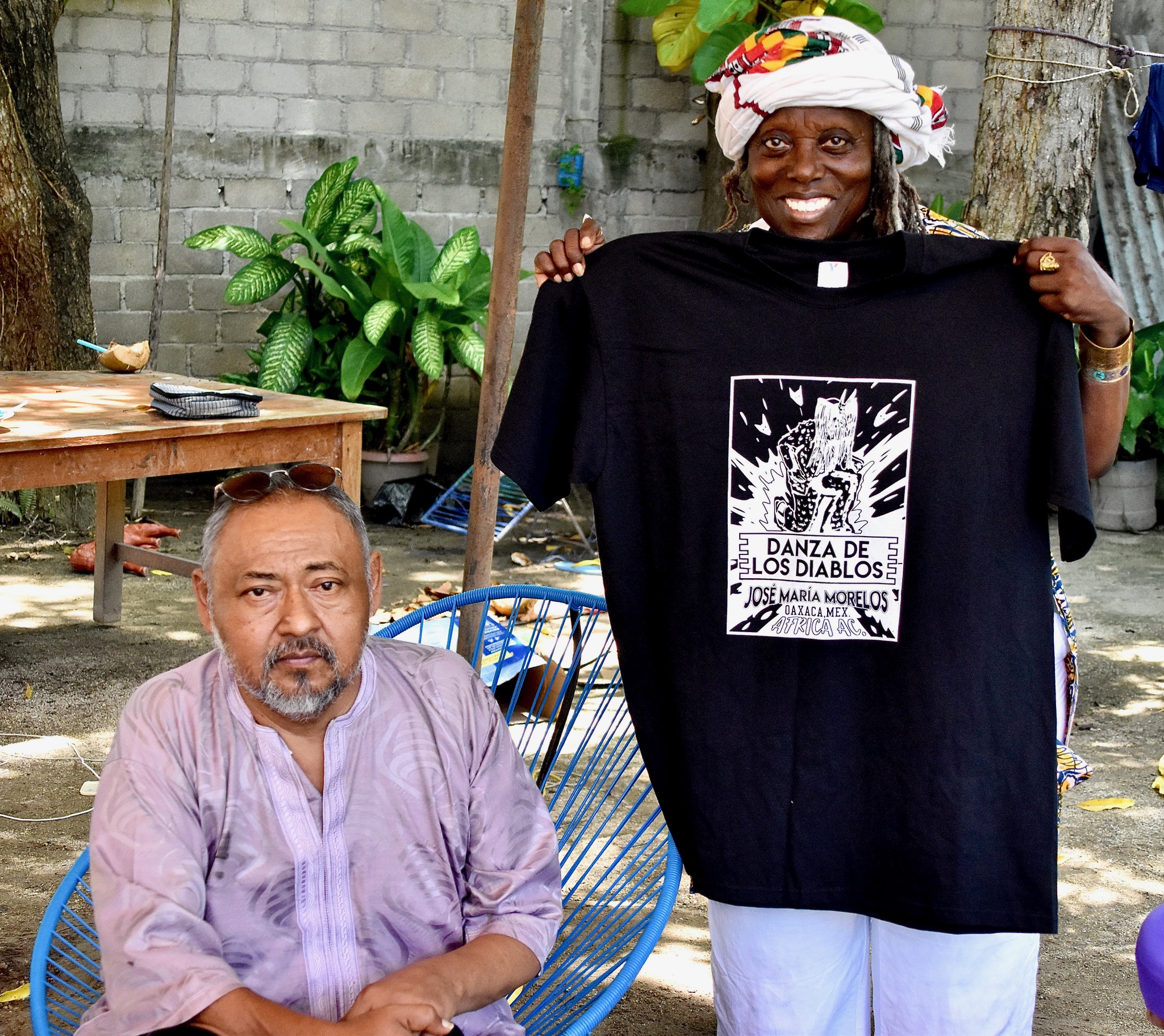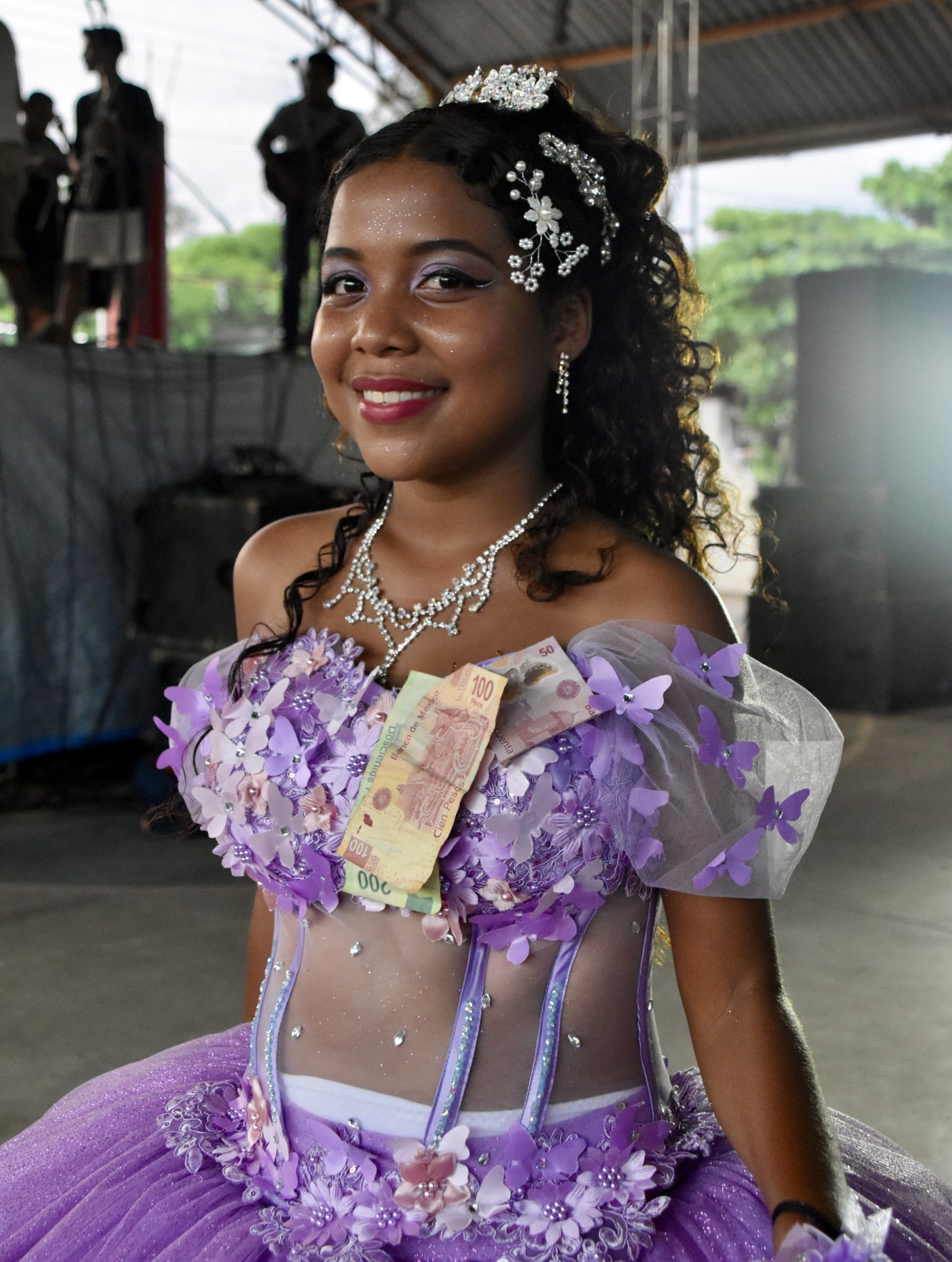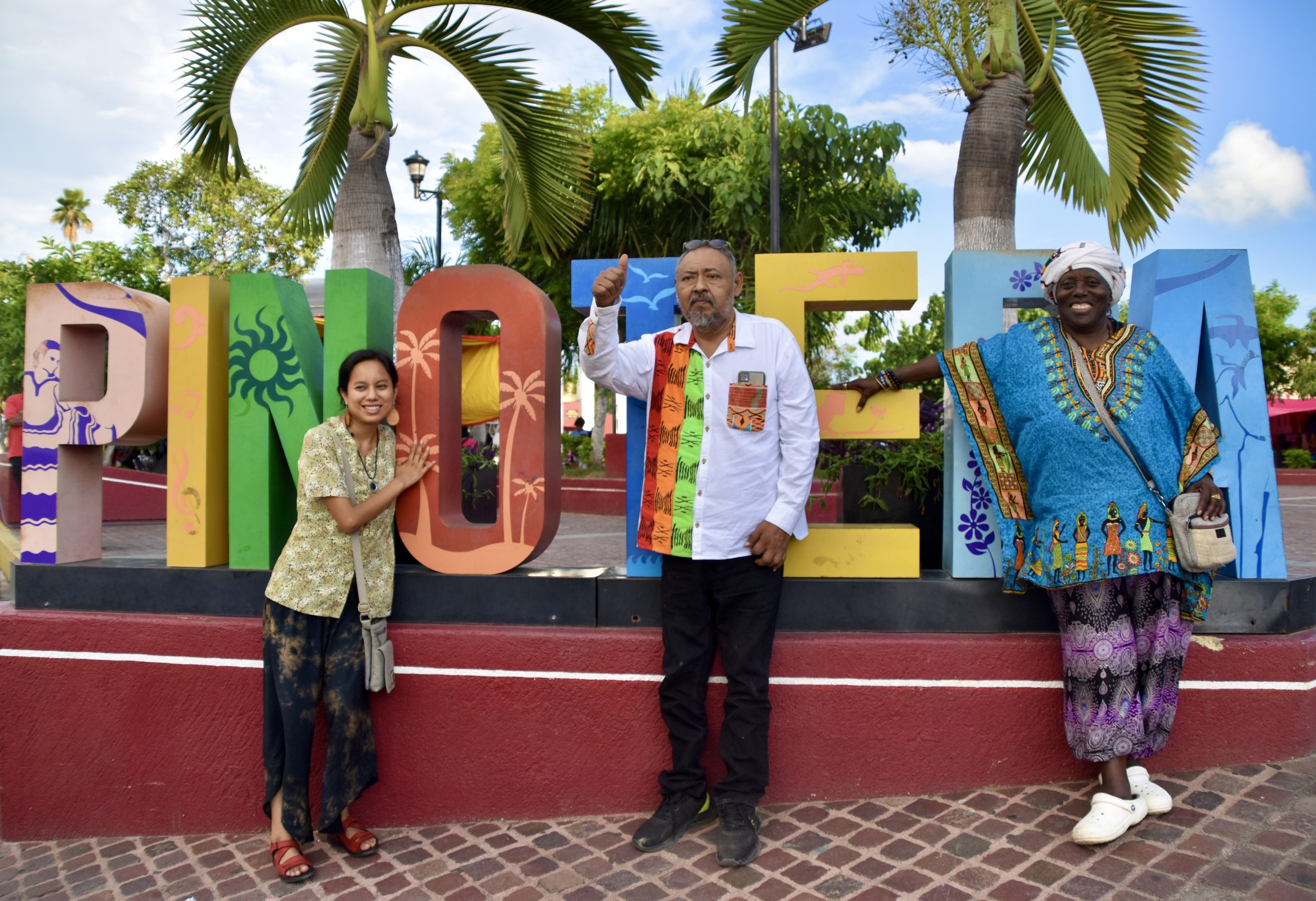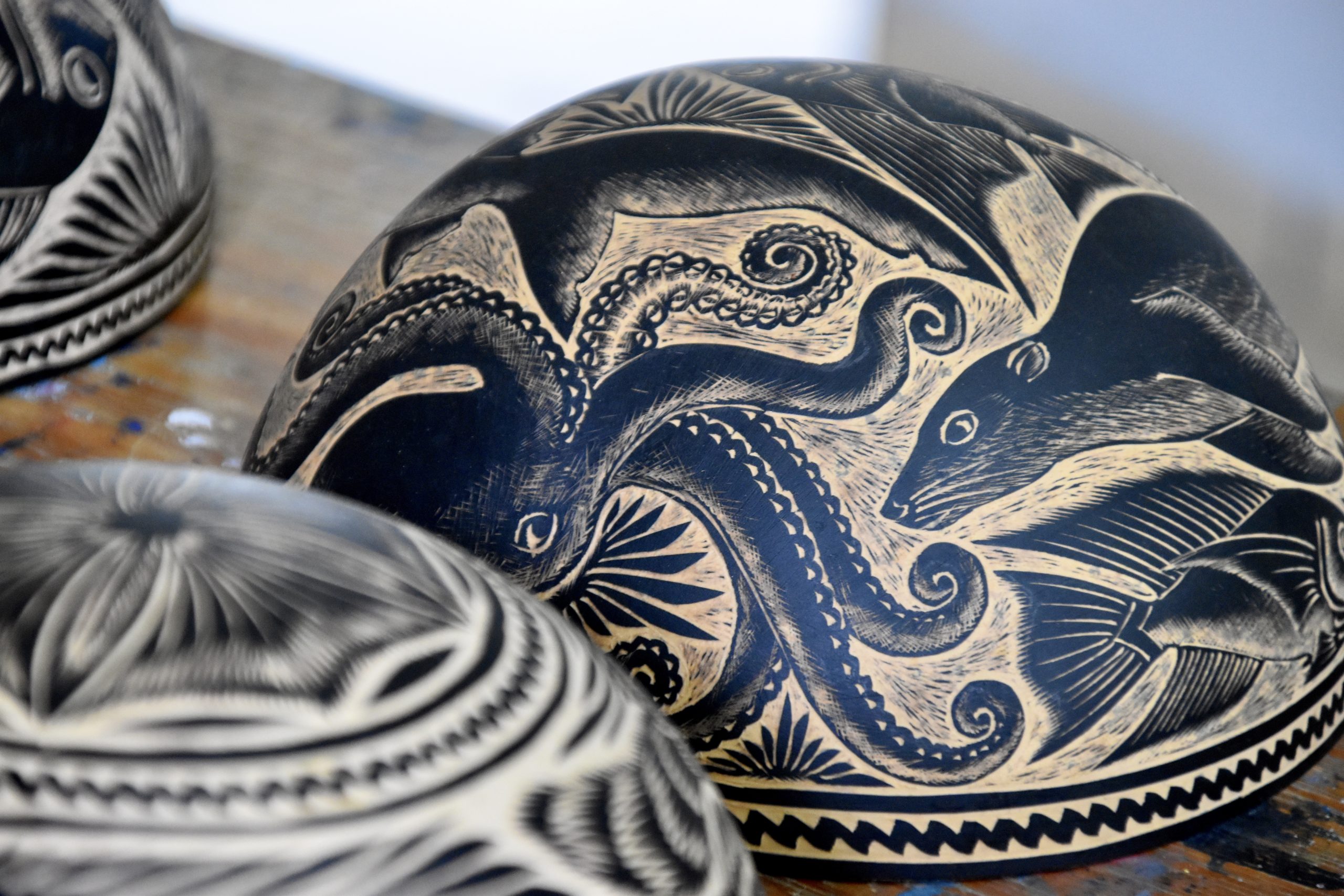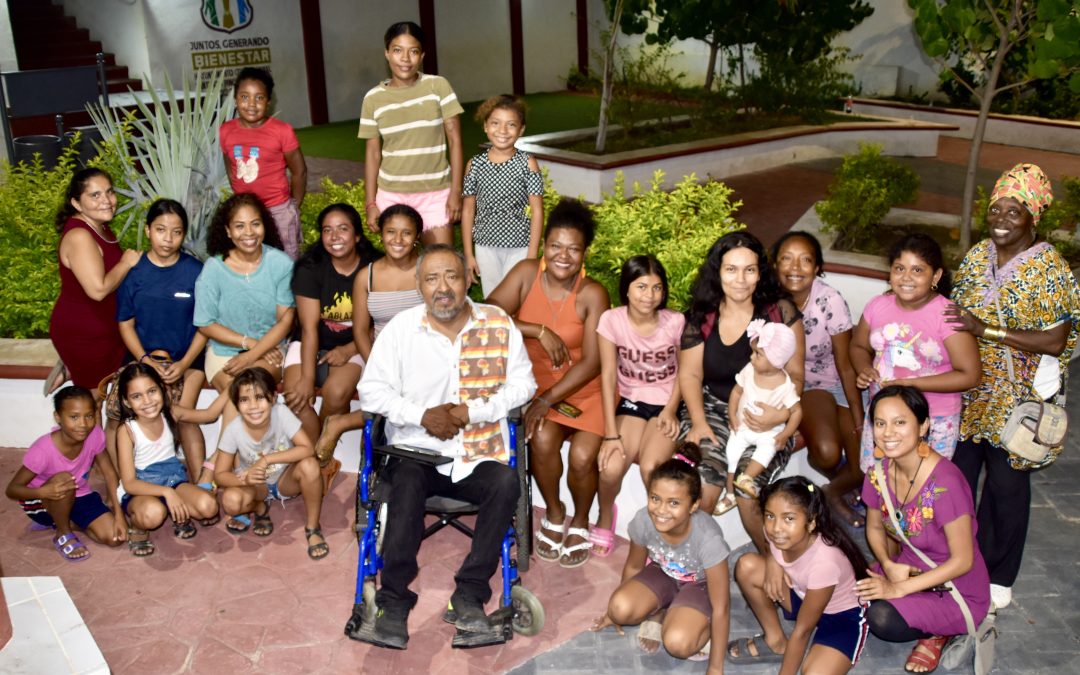In a memorable journey, WorldBeat embarked on an eye-opening exploration of Afro-Mexican culture in Costa Chica, Oaxaca, Mexico. Our adventure began on August 26th, when we landed in the coastal town of Puerto Escondido. This quietly known destination is a magnet for travelers from around the world, drawn by its famous surfing spots.
The following day, we were warmly greeted by Israel Reyes Larrea, my mentor, and his son. They whisked us away to their hometown, Jose Maria Morelos, located just two hours north of Puerto Escondido. The journey offered breathtaking vistas of pristine, lush tropical mountains, where coconut, papaya, and corn farms thrived.
Upon arriving at Israel’s house, we were welcomed by his wife, Angustia, who treated us to the most exquisite watermelon we had ever tasted. In fact, all the fruits and food we enjoyed during our stay were exceptionally fresh, likely because they had ripened on the tree. It was a testament to the incredible flavors that come from food harvested close to the source, rather than traveling thousands of miles.
Costa Chica, meaning “Short Coast” in Spanish, is one of two regions in Mexico with significant Black communities. The other is in the state of Veracruz on the Gulf coast. Stretching for 200 miles, the Costa Chica begins just southeast of Acapulco, Guerrero, and ends near the town of Puerto Angel, Oaxaca. The people in these communities are of Mixtec and African descent and are immensely proud of their heritage.
The history of Black Mexico has often been concealed, partly for the sake of the nation’s post-revolution survival. Mexico’s Black roots have been shaped by a complex history, including slavery, racial violence, European ideals, and national identity. The first Black people in Mexico arrived as enslaved workers in the 16th century, with approximately 200,000 of them hailing from West, Central, and South Africa, forming around 10 percent of the population at the time. Notably, Vicente Guerrero, the first Black president of the Americas and the second president of Mexico, emerged from this heritage.
Communities in the Costa Chica region of Oaxaca and the state of Veracruz have diligently preserved their African heritage and culture, despite facing social and economic challenges. Afro-Mexican activists have played a vital role in increasing the visibility and cultural awareness of Black Mexico, with the founding of the annual Gathering of Black Communities (Encuentro de Pueblos Negros) in 1999 being a significant milestone. This forum and festival celebrate African culture openly and provide a platform for discussing community issues and solutions. In 2020, the census revealed that 2.5 million people identify as Afro-Mexican or of African descent.
During our visit, Israel and his son curated an exciting itinerary for us, which included a visit to the Museo Nacional de las Culturas Afromestizas in Cuajinicuilapa, Guerrero. This museum pays tribute to the history of enslaved Africans in Mexico and, more specifically, to the local Afromestizo culture. Our docent guide, Angelica Sorrosa, was a wealth of knowledge on Black Mexican history and culture, as she shed light on the museum’s challenges. Supporting community-based museums and cultural centers like these is essential to preserving our stories.
Our journey also introduced us to remarkable Afro-Mexican artists, including Aydee Rodriguez Lopez and Santa Obdulia “Yuye” Hernández. Both artists began as self-taught creators, focusing on Black Mexican culture because they felt underrepresented. Aydee focuses on the stories shared by people, while Yuye’s art centers around nature and women. Their artwork, spanning paintings, wooden engravings, masks, and sculptures, is featured in major galleries across Mexico, including the National Museum of Mexican Art. WorldBeat Center is thrilled to be working on an exhibit next year to showcase their exceptional artistry, so stay tuned for more details!
Our journey also led us to meet Mixtec artists at Grabadores Mixtecos Unidos. Here, resident artists painted limited edition Converse shoes, carved calabashes, and painted acrylic art inspired by the animals and flora of Costa Chica.
We are immensely grateful to the entire team who made this adventure possible, including Teresa Moore, who beautifully documented our journey through photographs, and Berenice, who provided invaluable translation assistance. Most importantly, we extend our warmest thanks to the people of Oaxaca and Israel’s family for their incredible hospitality. Their care made us feel like family, and we look forward to returning soon for more enriching experiences!